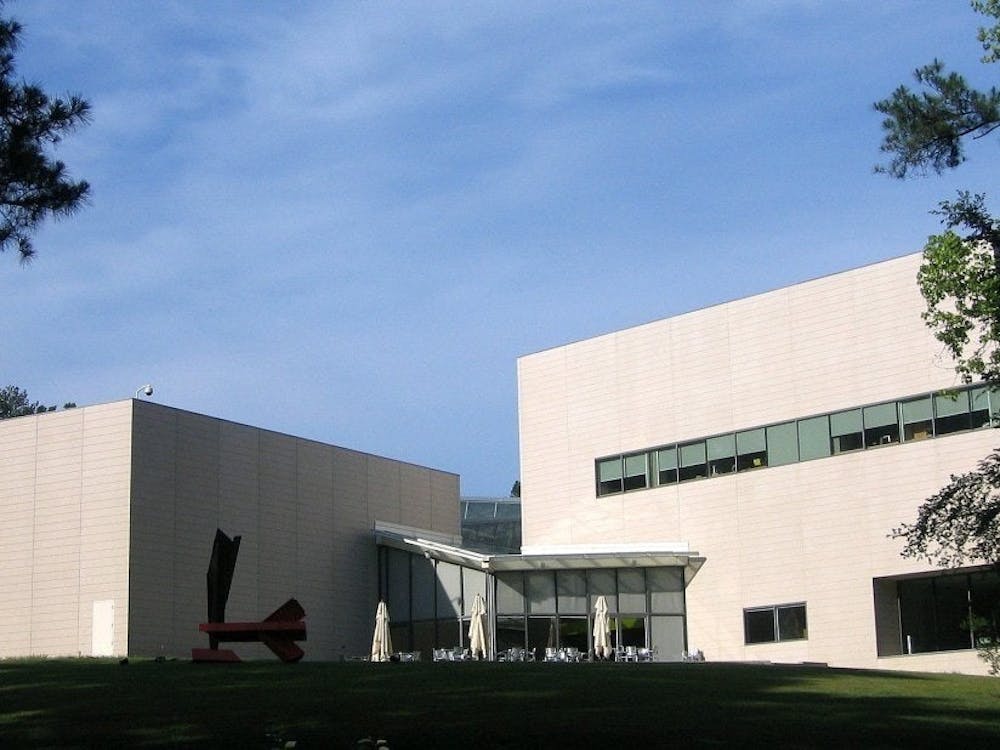Two Republican senators have requested a federal agency’s review of the use of federal funds for an exhibit once at the Nasher Museum of Art. A Nasher spokesperson argues the complaints were taken out of context and misrepresented the exhibit.
In an Oct. 1 letter to the chairman of the National Endowment of the Arts, Sens. Marco Rubio, R., Fla., and Rick Scott, R., Fla., took issue with Pop América’s display of portraits of Ché Guevara, a Marxist who played a prominent role in the Cuban Revolution.
The senators wrote that the Nasher website described the works in the exhibit—which ran Feb. 21-July 21—as demonstrating “‘bold contributions’” to “‘social protest, justice movements and debates about freedom.’”
“This statement is either blithely ignorant or deliberately deceptive, given the exhibition’s inclusion of propaganda celebrating a thug who mercilessly silenced his opponents with bullets,” they wrote in the letter.
But Wendy Hower, director of engagement and marketing at the Nasher Museum, told The Chronicle that their letter “misquoted” the museum’s website. The “bold contributions” quote actually refers to the artists whose work was featured.
“United by the common use of Pop’s rich visual strategies, the artists made bold contributions to conceptualism, performance and new media art, as well as social protest, justice movements and debates about freedom,” the exhibit page on the website reads.
The Nasher did not receive federal funding for the exhibit—it was the McNay Art Museum in San Antonio, Texas, that received funding from the NEA for Pop America. The exhibit is now housed at the Block Museum of Art at Northwestern University.
In their letter, Rubio and Scott pointed to a need to provide “a contextualization of the works in question” in order to inform the viewers of “Guevara’s bloody legacy” and the requirements for determining what goes in an exhibit.
If an individual who is “responsible for war crimes or crimes against humanity” is included in an exhibit funded by the National Endowment of the Arts, there should be information presented about those offenses, Rubio and Scott added.
Hower said she was unsure who might have submitted a complaint about the exhibit. To her knowledge, the criticism was not filed by people who visited the Nasher, and the museum never fielded “complaints from anyone who saw it and experienced it in person.”
She added that works with Guevara comprised three of the roughly 100 pieces in the exhibit.
“The exhibition doesn’t glamorize an individual or ideology,” Hower said. “It represents the artistic and cultural trends of the time, which included portrayals of Che Guavara and other controversial and polarizing figures.”
Pop América featured almost 100 pieces from Latino, Latina and Latin American pop artists.
“The artists in the exhibition create a vital dialogue that crosses national borders, and include Judy Baca, Luis Cruz Azaceta, Jorge de la Vega, Andy Warhol and Roy Lichtenstein, among others,” the Nasher’s website states. “United by the common use of Pop’s rich visual strategies, the artists made bold contributions to conceptualism, performance and new media art, as well as social protest, justice movements and debates about freedom.”
Pop América was the first exhibit to display pop art in the context of North America and South America, Hower said. It was also the “first fully bilingual” exhibit produced by the Nasher, she explained.
Jake Satisky contributed reporting.
Get The Chronicle straight to your inbox
Signup for our weekly newsletter. Cancel at any time.

Stefanie Pousoulides is The Chronicle's Investigations Editor. A senior from Akron, Ohio, Stefanie is double majoring in political science and international comparative studies and serves as a Senior Editor of The Muse Magazine, Duke's feminist magazine. She is also a former co-Editor-in-Chief of The Muse Magazine and a former reporting intern at PolitiFact in Washington, D.C.

